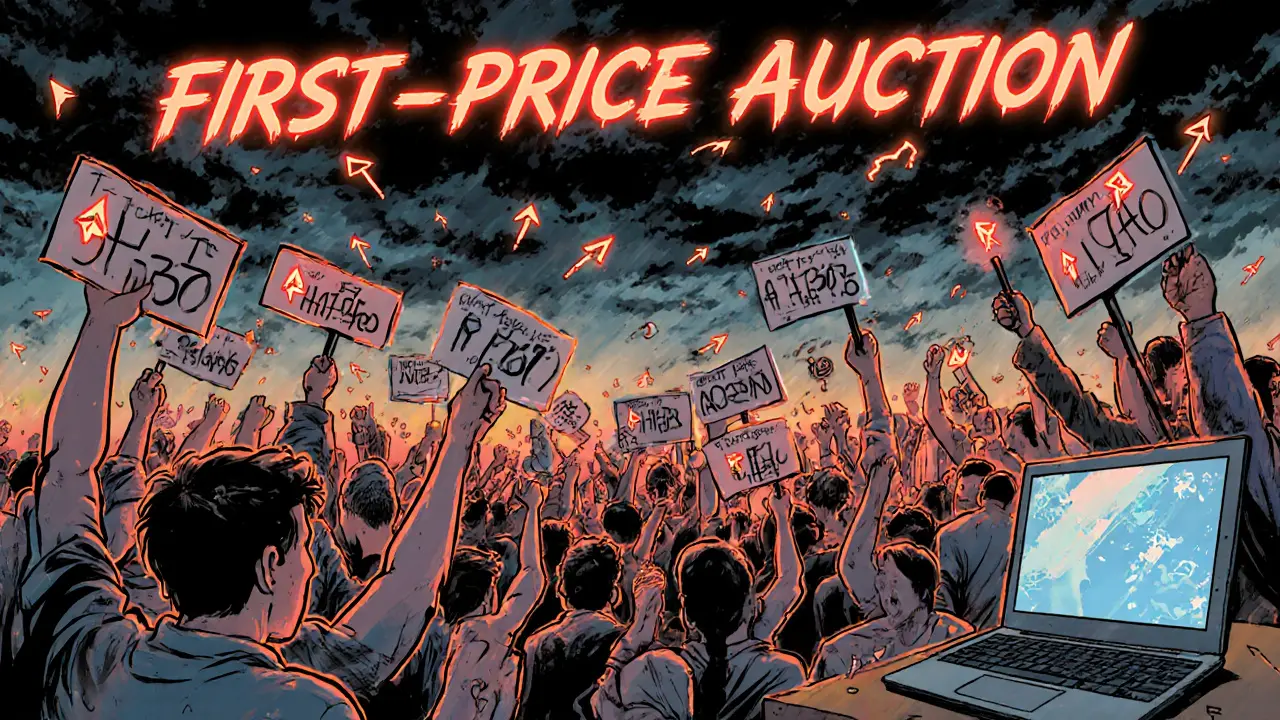Base Fee Explained: What It Is and Why It Matters in Crypto Transactions
When you send crypto, you pay a fee—but not all fees are the same. The base fee, the minimum price required to include a transaction in a blockchain block. It's not optional, it's not negotiable, and it changes every second. This fee is built into Ethereum’s system after the London Upgrade in 2021, and now it’s the standard for most modern blockchains. Unlike old-style gas fees that went to miners, the base fee gets burned—removed from circulation—which makes it a key part of how supply and demand shape token value.
Think of the base fee like highway tolls during rush hour. When everyone’s sending transactions at once—like during an airdrop or NFT drop—the base fee spikes. When the network is quiet, it drops. This isn’t random. It’s a self-adjusting mechanism designed to keep the blockchain from getting clogged. If too many people try to send transactions, the base fee rises until demand cools. If too few, it falls to encourage more activity. This is how Ethereum stays fast and predictable without relying on miners to set prices.
The base fee doesn’t include tips. If you want your transaction to go through faster, you add a priority fee, a voluntary extra payment to incentivize validators to include your transaction first. That’s the part that goes to the validator. But the base fee? That’s gone forever. You can’t get it back. You can’t avoid it. And if you ignore it, your transaction just sits there, stuck.
It’s not just Ethereum. Chains like Polygon, Arbitrum, and Optimism use similar models because they learned from Ethereum’s problems. High fees broke DeFi for regular users. The base fee fix made it possible again. Now, even simple swaps cost pennies instead of dollars. But if you’re trading during a big event—like a new token launch or a major protocol upgrade—you’ll still feel the pinch. That’s not a bug. That’s the system working.
Understanding the base fee helps you time your trades, avoid failed transactions, and save money. It also explains why some tokens rise not because of hype, but because the network is busy. When base fees climb, it means real activity is happening. That’s a signal. And if you’re using smart contracts, staking, or participating in airdrops, you’re paying this fee every time. No exceptions.
Below, you’ll find real examples of how base fees impacted transactions during major crypto events—from Ethereum’s 51% attack aftermath to how airdrops flooded networks and spiked costs. You’ll also see how exchanges handle these fees behind the scenes, and why some platforms charge you more than the actual base fee. This isn’t theory. It’s what’s happening right now, every minute, on every blockchain that matters.
EIP-1559 transformed Ethereum's fee system by burning the base fee, reducing ETH supply and making gas costs predictable. Learn how it works, why it matters, and how it affects your transactions.

